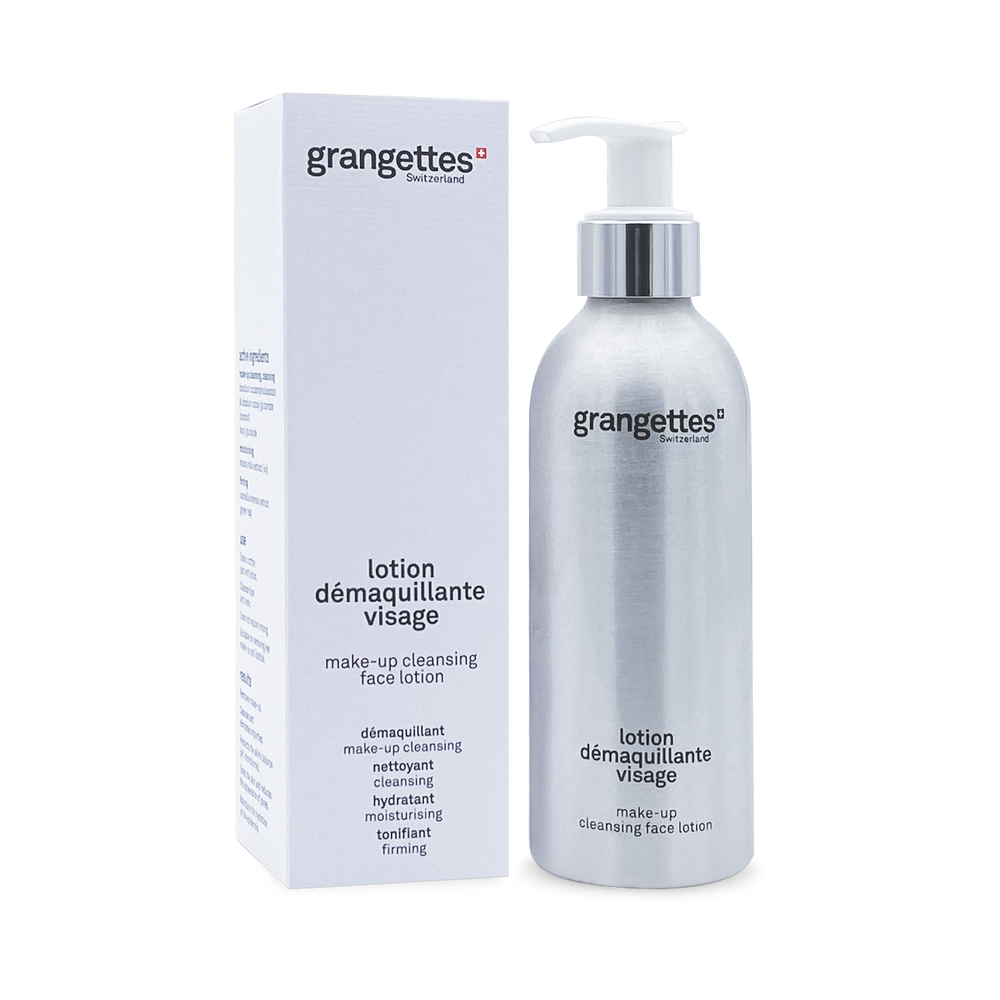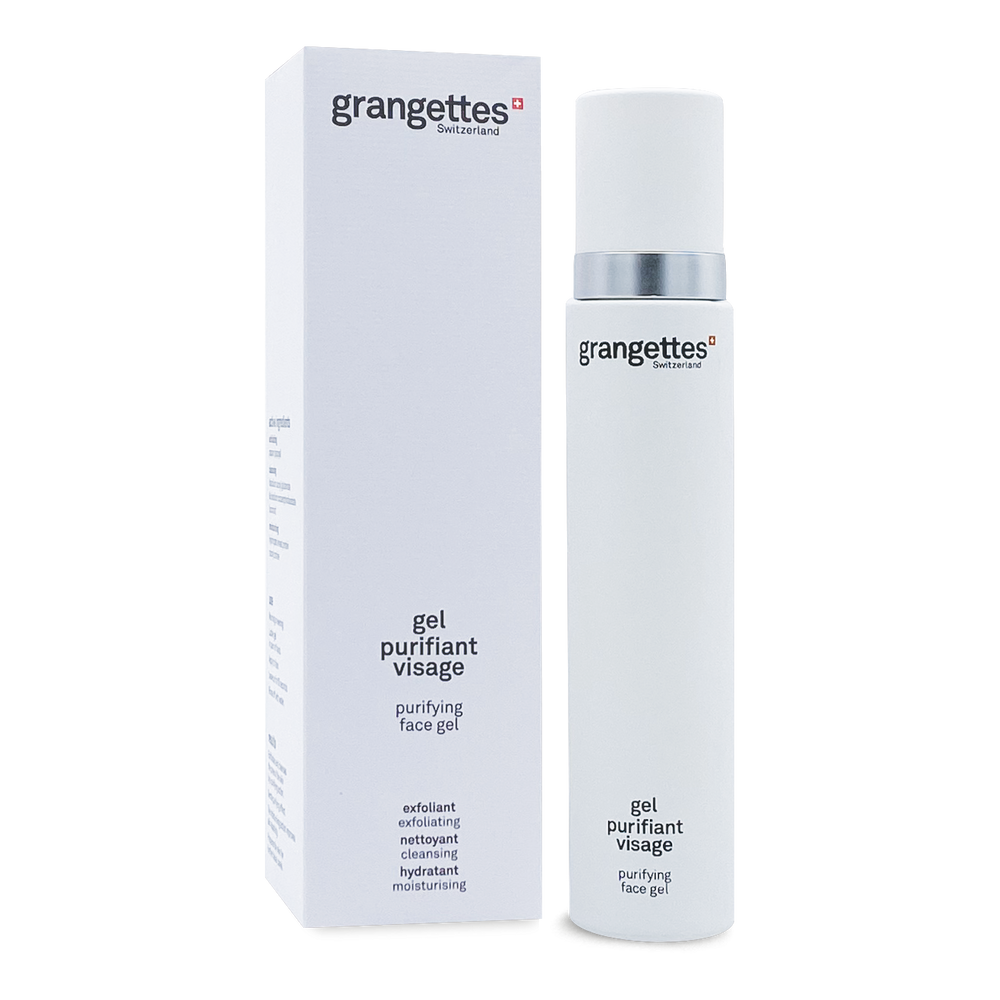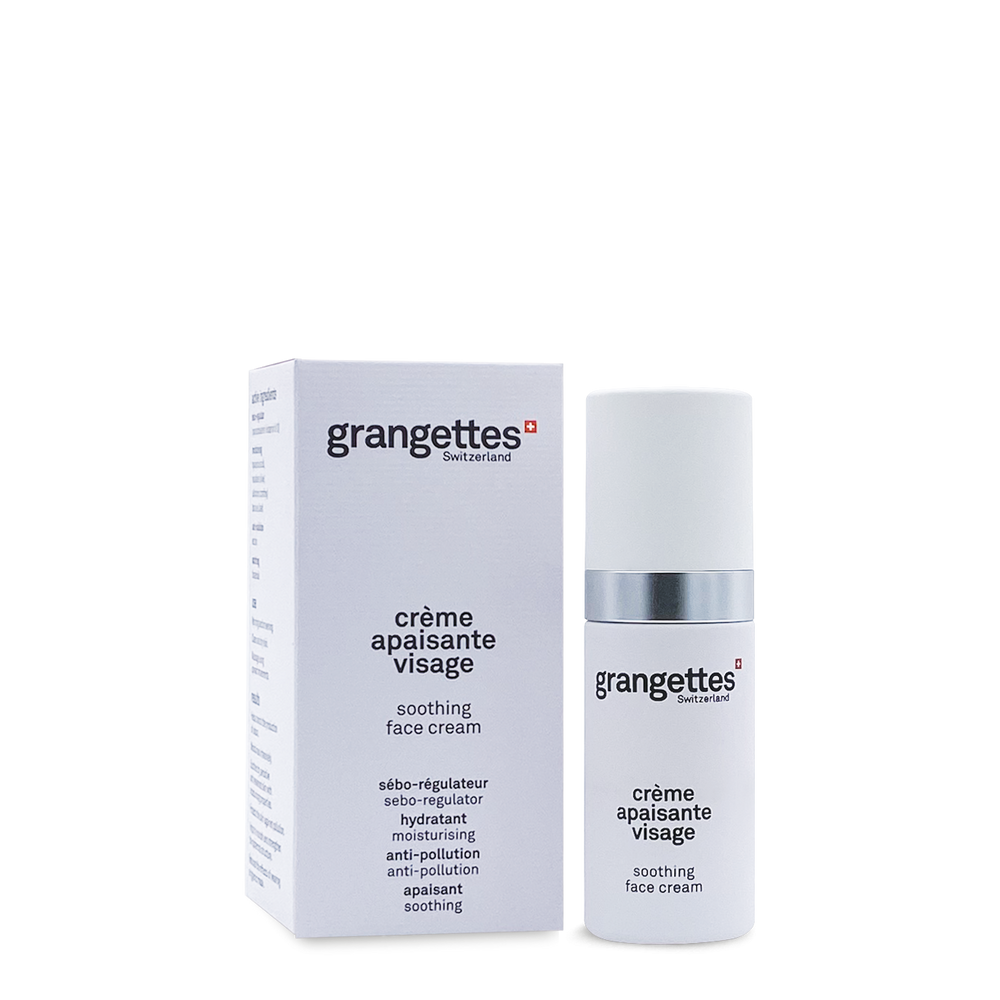The origin of bisabolol
Also called "levomenol” or “(L)-alpha bisabolol”, bisabolol is found naturally in multiple plants: wild chamomile (chamomile recutita), Beilsehmiedia costaricensis (tropical tree), Candeia bark (Vanillosmopsis erythropappa, Brazilian endemic tree), Salvia runcinata (variety of sage), Anemia tomentosa (type of fern), Pogostemon (family of aquatic plants), etc..
For purists, it is precisely a “unsaturated monocyclic sesquiterpene alcohol”. It is obtained via the distillation of certain essential oils, as the wild chamomile.
Sensory properties of bisabolol: texture, smell, color
The bisabolol has an oily and liquid texture. He is colorless (or sometimes YELLOW very pale) and has a very slight floral odor. Its texture also promotes the absorption of certain molecules and other active substances.
The properties of bisabolol
Bisabolol and cosmetology
The bisabolol is the ally of sensitive and weakened skin, since it is renowned for its healing, soothing, restorative, softening, anti-fungal, anti-microbial and anti-inflammatory properties. It is often incorporated into creams, balms and oils: care for chapped lips, after-sun milks, after-shave lotions, hand and foot creams, and even baby cosmetics due to its softness and its non-toxicity!
Even when present in the formula at low dosage, this ingredient succeeds in reducing irritations found on the skin, such as redness, THE desquamations and the different sensations of skin discomfort.
The vegetable bisabolol improves the power of absorption of other active substances found in a treatment: it is therefore an active ingredient which boosts the effectiveness and effect of others active ingredients present in your cosmetics.
bisabolol and health
On the health side, the bisabolol has also proven itself, in particular thanks to its ability to act against bacterial proliferation and certain types of fungi (for example candida albicans). It is thus found in certain products oral-dental aimed at combating halitosis (bad breath phenomenon) or gingivitis (inflammation of the gums). Scientists are now looking at other of its properties, in particular on the protection of neurons and the stomach.
An agent that reduces odors
The bisabolol is often used in cosmetology as an agent masking. This means that it has properties capable of reducing or inhibiting the basic odor and/or taste of an ingredient used in the formula.
In which cosmetic products is bisabolol found?
The bisabolol is increasingly used in the cosmetics market. You can find it in:
Facial treatments
If you have dry lips, lip balms containing bisabolol are very effective. Moisturizing facial creams and face masks that contain them are also very soothing. If you have skin irritated, this asset is your best ally. Bisabolol can also be found in shaving creams and aftershave lotions, serums eye contours, THE makeup removers, facial cleansing products, exfoliations, scrubs, or even after-sun creams;
- Regular price
- 40,20 €
- Regular price
- Sale price
- 40,20 €
- Unit price
- per
- Regular price
- 33,30 €
- Regular price
- Sale price
- 33,30 €
- Unit price
- per
- Regular price
- 41,35 €
- Regular price
- Sale price
- 41,35 €
- Unit price
- per
Body care
You can find bisabolol in body lotions and serums, lipid-replenishing body butters, or even after-sun body milks, which moisturize your skin after a shower. Some brands also use this active ingredient in the compositions of shower gels, superfatted soaps, or even balms for hands and feet, because these parts of the body need special care. To calm irritation, bisabolol is also used in post-hair removal care oils;
Hair care
You can find bisabolol in shampoos, conditioners, masks, and hair serums soothing. If you have a fragile, damaged, irritated scalp, sensitive to itching, this is your best ally;
Makeup
Bisabolol is sometimes used in foundations.
Is bisabolol suitable for all skin types?
Yes, bisabolol is suitable for all skin types: it is a non-toxic active ingredient that is gentle on the epidermis. It does not cause allergic reactions or irritation, and can therefore be used even if you have very sensitive skin.
Vegetable Bisabolol vs. Synthetic Bisabolol
The synthetic bisabolol contains the 2 enantiomers: (D)-alpha bisabolol, which is the inactive form and (L)-alpha bisabolol, which is the natural and active form. THE vegetable bisabolol only contains the active form: it is therefore more effective at a lower dose. In a formulation, twice as much synthetic bisabolol will be required for the same effectiveness.
Generally speaking, when looking for effective cosmetic products, who take care of your skin and your health, turn to the natural, plant-based ingredients.
Grangettes Switzerland and bisabolol
If you know our Swiss brand of sensory and effective cosmetics, you already know that we are committed to respecting health and the environment. We have developed a charte 100% clean and we don't use any controversial ingredients. OUR excellent rating on cosmetic rating platforms such as Yuka prove !
The bisabolol is an ingredient of choice in the formulation of organic care : natural, gentle, non-toxic… The one we use is 100% plant-based and from ethical production methods that respect the planet.
Effective at low dosage, it treats and repairs the skin in depth. Won over by its effectiveness and gentleness, we use it in the following products:
Discover our soothing face cream, which contains bisabolol.
- Regular price
- 40,20 €
- Regular price
- Sale price
- 40,20 €
- Unit price
- per








